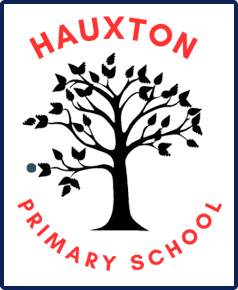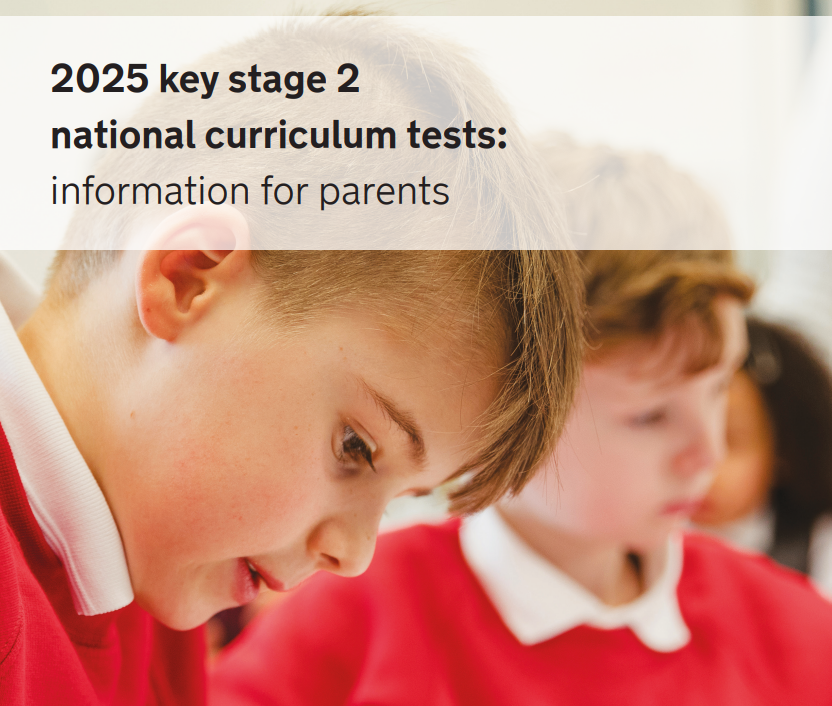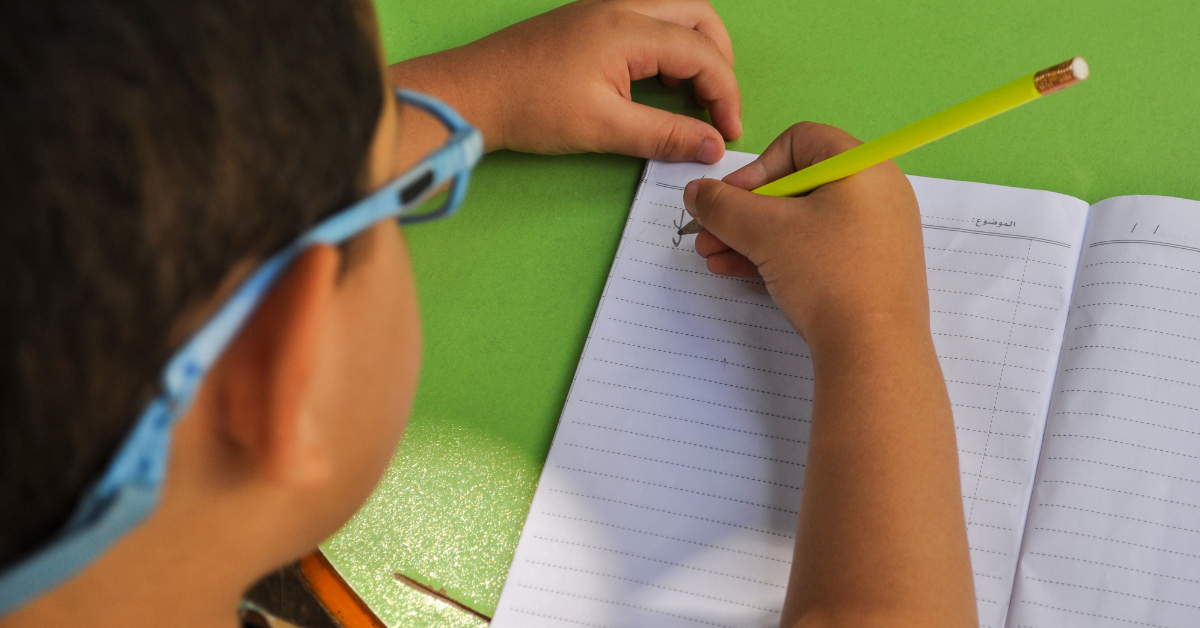By the end of Year 6 children should be able to...
Word reading
- apply knowledge of root words, prefixes and suffixes to read aloud and to understand the meaning of unfamiliar words.
- use my combined knowledge of phonemes and word deriviations to pronounce words correctly, e.g. arachnophobia.
- attempt the pronunciation of unfamiliar words drawing on my prior knowledge of similar looking words.
- read fluently, using punctuation to inform meaning.
Comprehension
- be familiar with and can talk about a wide range of books and text types, including myths, legends and traditional stories and books from other cultures and traditions; discussing the features of each.
- read books that are structured in different ways.
- recognise texts that contain features from more than one text type.
- evaluate how effectively texts are structured and presented.
- read non-fiction texts to help with my learning.
- read accurately and check that I understand.
- recommend books to others and give reasons for my recommendation. • I can identify themes in texts.
- identify and discuss the conventions in different text types.
- identify the key points in a text.
- recite a range of poems by heart, e.g. narrative verse, sonnet.
- prepare poems and plays to read aloud and to perform, showing understanding through intonation, tone, volume and action.
Spelling
- convert verbs into nouns by adding a suffix.
- distinguish between homophones and other words which are often confused.
- spell the commonly mis-spelt words from the Y5/6 word list.
- understand that the spelling of some words need to be learnt specifically.
- use any dictionary or thesaurus.
- use a range of spelling strategies.
Handwriting
- choose the style of handwriting to use when given a choice.
- choose the handwriting that is best suited for a specific task.
Sentence structure
- use the passive voice.
- vary sentence structure depending whether formal or informal.
Text structure
- use a variety of organisational and presentational devices correct to the text type.
- write in paragraphs which can clearly signal a change in subject, time, place or event.
Punctuation
- use the semi-colon, colon and dash.
- use the colon to introduce a list and semi-colon within lists.
- use a hyphen to avoid ambiguity.
Number
- use negative numbers in context, and calculate intervals across zero.
- round any whole number to a required degree of accuracy and solve problems which require answers to be rounded to a specific degree of accuracy.
- solve problems involving the relative sizes of two quantities where the missing values can be found by using integer multiplication and division facts.
- use common factors to simplify fractions; use common multiples to express fractions in the same denomination.
- solve problems involving the calculation of percentages.
- multiply 1-digit numbers with up to two decimal places by whole numbers.
- perform mental calculations, including with mixed operations with large numbers.
- divide numbers up to 4-digits by a 2-digit whole number using formal written methods of long division and interpret remainder in various ways.
- use knowledge of order of operations to carry out calculations involving all four operations.
- add and subtract fractions with different denominators and mixed numbers, using the concept of equivalent fractions.
- multiply simple pairs of proper fractions, writing the answer in its simplest form.
- divide proper fractions by whole numbers.
- associate a fraction with division and calculate decimal fraction equivalents.
- express missing number problems algebraically.
- find pairs of numbers that satisfy number sentences involving two unknowns.
Measurement, Geometry and Statistics
- recognise, describe and build simple 3D shapes, including making nets.
- compare and classify geometric shapes based on their properties and sizes and find unknown angles in any triangle, quadrilateral and regular polygons.
- illustrate and name parts of circles, including radius, diameter and circumference and know that the radius is half the diameter.
- read, write and convert between standard units, converting measurements of length, mass, volume and time from a smaller unit of measure to a larger unit, and visa versa, using decimal notation to up to 3 decimal places.
- calculate the area of a parallelogram and triangles and calculate, estimate and compare volume of cubes and cuboids using standard units.
- interpret and construct pie charts and line graphs and use these to solve problems.


